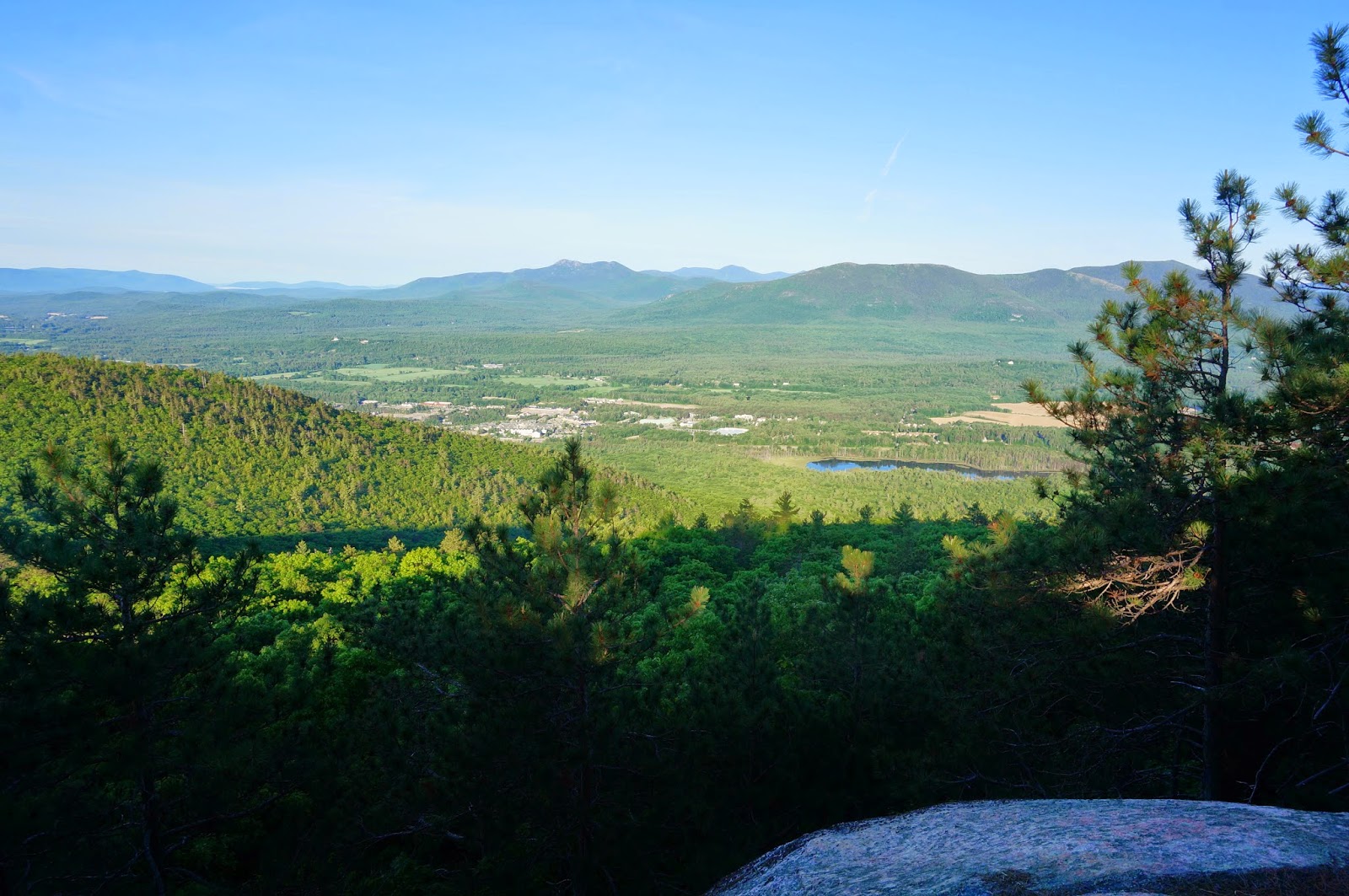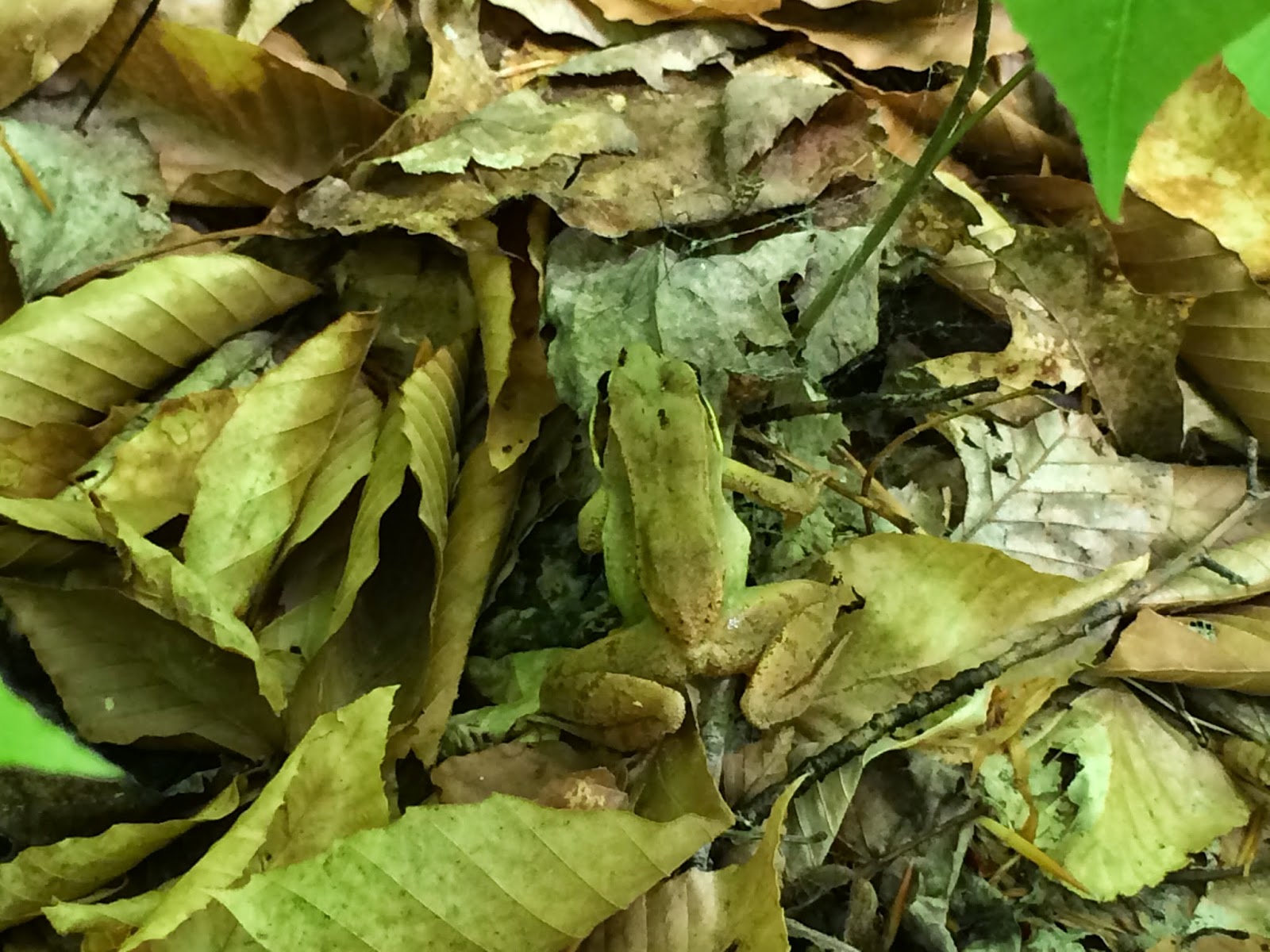At 6:50 am yesterday--the summer solstice--the temperature on top of Mt. Washington was 33 F. We finished packing for our day hike to 4,760-foot Mt. Eisenhower via Edmands Path, adding a winter hat and gloves after seeing the forecast of gusty winds and cooler than normal temperatures forecast for the first day of summer in the high summits.
By the time we reached the trailhead on Mt. Clinton Road, all the parking lots were overflowing. Seems like everyone else was also game for a first day of summer hike. We passed many people (and a dozen or so dogs--Henna and Kodi made some friends), but as happens in the vast White Mountains we often had the trail to ourselves. There was time without footfalls ahead or behind to pause for rest or a snack, to peer at trailside plants, to listen to bird songs, and to take in views.
By the time we reached the trailhead on Mt. Clinton Road, all the parking lots were overflowing. Seems like everyone else was also game for a first day of summer hike. We passed many people (and a dozen or so dogs--Henna and Kodi made some friends), but as happens in the vast White Mountains we often had the trail to ourselves. There was time without footfalls ahead or behind to pause for rest or a snack, to peer at trailside plants, to listen to bird songs, and to take in views.
This 7-mile hike to Mt. Eisenhower and Crawford Path is the easiest route to one of the 4,000-footers in the Presidential Range. The last stretch to Crawford Path (before the final ascent to Eisenhower) is across large boulders exposed to the north. While tricky in bad weather, it offers some grand views north to higher peaks.
A June hike above treeline provides the added benefit of seeing the carpet of alpine plants, some still in bloom.
When we reached Crawford Path, we paused to add more clothing: wind breaker, winter hat, gloves; on this first day of summer. Here is a look at the round, broad, bald summit of Mt. Eisenhower before we made the final climb. On the way up Kodi took a break in the alpine zone.
It was a little blustery on the top of Mt. Eisenhower so we did not linger long. Just enough to take in 360 degree views.
One of my favorite parts of hiking to Mt. Eisenhower is taking the 1.0+ mile loop that goes up and over Mt. Eisenhower and back down to Crawford Path. We always do this counterclockwise, descending with grand views southwest toward Mt. Pierce and Crawford Notch and south into the Dry River Wilderness.
Whether near or far, the views were grand on this first day of summer 2014.



































